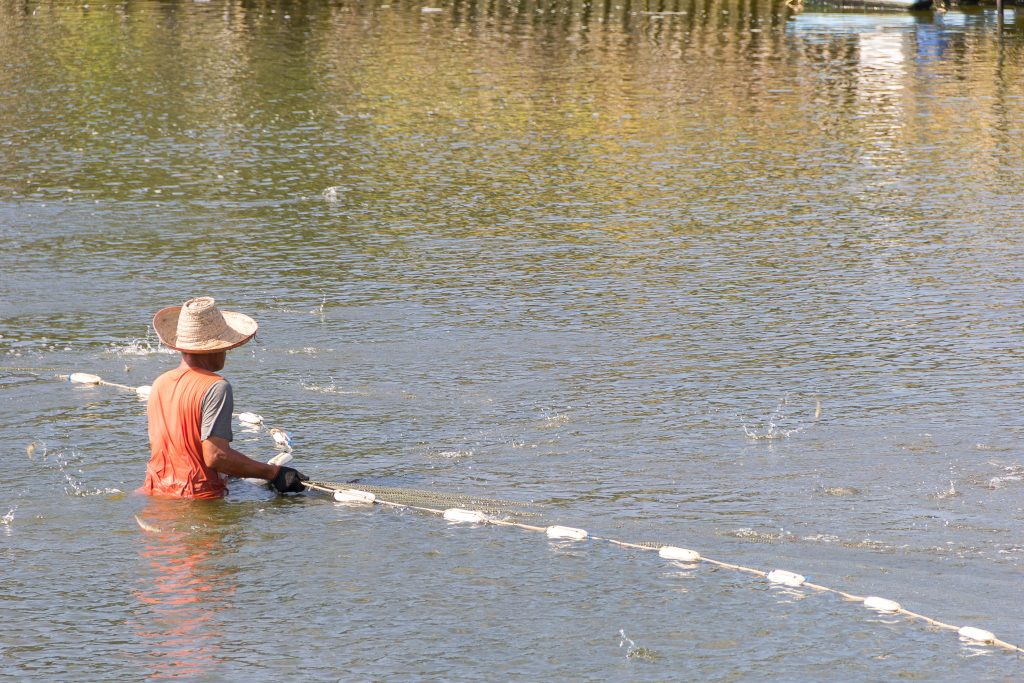
Breeding innovations hold key to shrimp farming’s future
July 23, 2018
By
Liza Mayer
One needs only to mention erratic shrimp prices, disease outbreaks and supply shortage and it becomes clear that the shrimp-farming sector is in dire shape.
Global Aquaculture Alliance (GAA) President George Chamberlain believes the future of shrimp aquaculture lies primarily in breeding innovations.
“I want to make the case with you that there’s nothing we can do in any aspect of aquaculture that has the cumulative benefit year after year as breeding. I would say it is the primary driver of improvement,” he told the audience at Aquavision 2018 in Norway.
Shrimp diseases such as early mortality syndrome and Enterocytozoon hepatopenaei (EHP) “slowed down the industry’s growth to a crawl,” he said, and impact prices. “Shrimp prices are very volatile due to high prices when there’s a disease outbreak and a shortage in supply, and a plunge in prices when there’s a recovery.”
Chamberlain said breeding innovations would be key to addressing the industry’s challenges.
“In breeding it’s reasonable to expect a 10-percent improvement every generation. If you’re a feed supplier for example, you would be lucky to get a 2-percent improvement each year and can’t probably do it every year. I would say that’s true in every aspect of the value chain, such as processing, hatchery etc. So breeding is super important.”
Breeding today is focused on “agronomic traits,” characteristics that farmers want, he added. These include traits for growth, resistance to multiple pathogens, reproductive performance and soy tolerance, to name a few. “In the case of shrimp, vaccines don’t work per se since they don’t have an antigen antibody system, so genetic resistance is an incredible tool. The Ecuadorians have certainly demonstrated that,” Chamberlain said.
 A shrimp farmer in China. Innovations in breeding would be key to addressing the industry’s challenges
A shrimp farmer in China. Innovations in breeding would be key to addressing the industry’s challenges 




